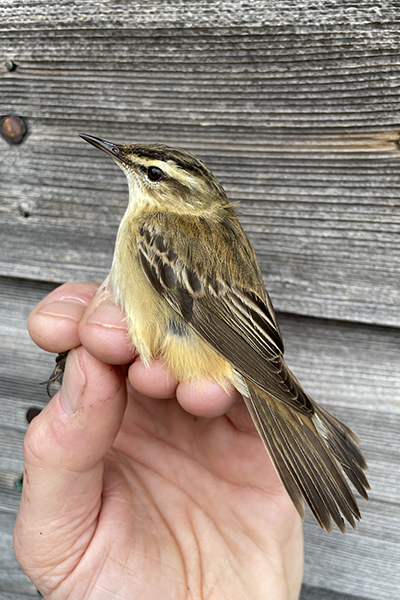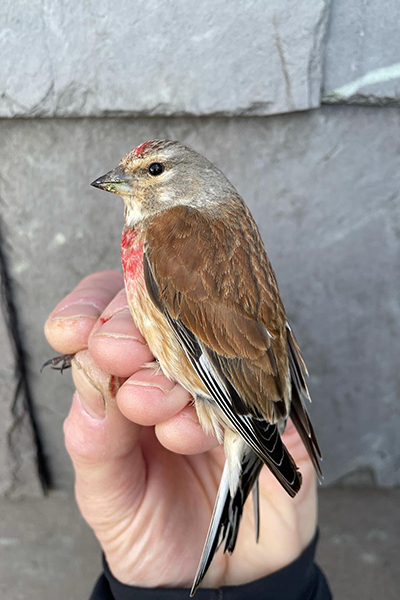I've always kept a local patch list. When I lived at home in Suffolk my local patch was fairly extensive and I'd spend all day walking around the local woods and along the streams and river's surrounding where we lived. As I've got older my patch has shrunk and now I tend to work a loop around of Cheshire home which, according to information put up by the Parish Council on the village notice board during Covid lockdowns, is exactly 6,000 steps! I try to do this loop at least 5 days a week.
The patch is mainly improved pasture with a lot of old clay pits which now form ponds. Some of the fields get very wet and flood in winter which can be good for the occasional wader and regular small groups of wildfowl. There is also a fair bit of land turned over to arable with potato's, wheat, barley, maize and oilseed rape all being grown.
It gets a bit dispiriting sometimes counting the same 4 Chiffchaffs or 6 singing Blackcaps but just occasionally an exciting new bird makes it all worth while. Recently I found the patches first ever singing male Reed Bunting. Normally they've been fly overs or occasional visitors (including last years memorable garden 1st caught and ringed - see here. The hedges around here tend to get flailed every year but the few ones that are allowed to grow still host a few pairs of breeding Yellowhammers.
With large numbers of Spotted Flycatchers being reported on the north Wirral coast recently I thought there may be a chance of one dropping in locally. They used to breed ina garden a few few hundred metres from home but sadly disappeared years before we actually moved into the village.
Walking the single track lane with nicely overgrown hedges I'd already heard two Yellowhammers and the Reedbunting when I was suddenly stopped in my tracks. Surely that was a Quail? A few minutes silence and there it was a gain. A distant ' wet my lips' It was quite breezy and I still wasn't sure if my ears were deceiving me. Ringing Mark Payne, who's doing a local "Big Year" I carried on with my walk. Mark rang me back to say he was on the way and as I'd nearly reached home he'd pick me up. Sure enough almost as soon as we'd got out the car the Quail called from its favoured field of barley. For some reason Quail really like barley and I've spent hours over the years walking local routes with adjacent barley fields hoping to find a Quail!
The next day was a bit calmer and I again walked the village loop. This time the Quail was in a neighbouring field and I managed to get a couple of recordings on my phone.






































































